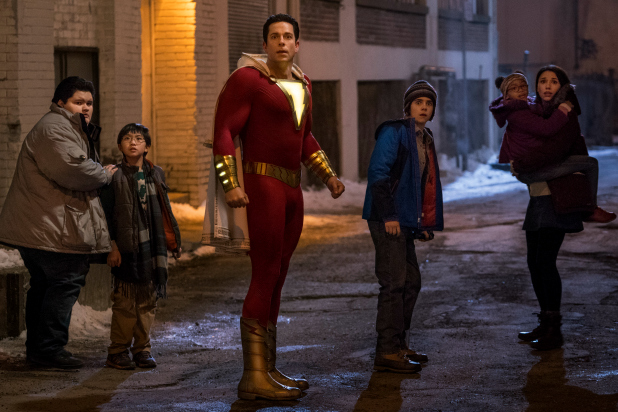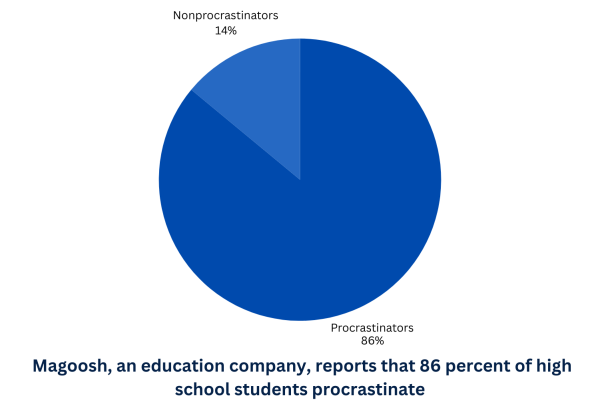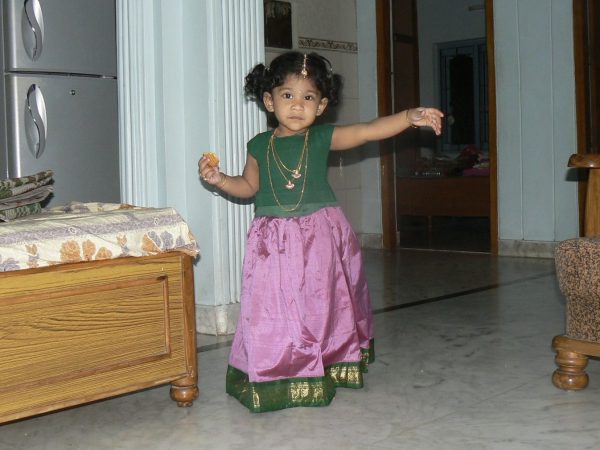“Shazam!”: A new step for DC movies
For years, loyal DC fans, like myself, have had to see our beloved heroes dragged through the mud that is Zack Snyder films. We’ve seen Batman portrayed as a gun-toting, ultra-violent maniac, despite the fact that Batman isn’t supposed to use guns. We’ve had to sit in theaters and see our beloved Superman become some detached god to earth, when we know deep down that Clark Kent is just as much human as you and I. All the while Marvel and its pantheon of superheroes have been wonderfully portrayed in popular media and widely celebrated. With Zack Snyder gone, and DC looking to reinvent itself, wonderfully fun movies like “Shazam!” are on the horizon.
Before the 1940s comic serials and the 1970 TV show, “Shazam!” was created by a company called “Whiz Comics,” which was later acquired by the company that came to be known as DC comics. The wonderful part about the 2019 rendition of the hero is that you don’t have to be a comic book aficionado to appreciate the joy of the movie.
“Shazam!” is the story of Billy Batson (Asher Angel), a 14-year-old foster child who has spent most of life running away from foster families in the hopes of finding his mother (Caroline Palmer), who he lost at a carnival years ago. So when he’s placed in a new foster home, he’s still got his eye on the door, even though everyone seems really nice, especially Freddy (Jack Dylan Grazer), a Superman fan who’s never without a funny line or the crutch that helps him walk.
Everything is thrown upside down when the mysterious wizard Shazam (Djimon Hounsou) summons Billy and turns him into a superhero (Zachary Levi) who will protect earth from the Seven Deadly Sins. When Billy says “Shazam!” he is magically imbued with the wisdom of Solomon, the strength of Hercules, the stamina of Atlas, the power of Zeus, the courage of Achilles and the speed of Mercury.
While Billy and Freddy experiment with Billy’s newfound powers, in the most delightful sequence of scenes in the film, Shazam’s publicity entices the fury of Dr. Thaddeus Sivana (Mark Strong).
Dr. Sivana too was summoned before the wizard, but was turned away because he was not worthy of the magic. Told as a young child he isn’t worthy and won’t amount to anything, Dr. Sivana spends the rest of his life trying to return to claim the powers. Saddled with daddy issues of his own, the Seven Deadly Sins (who look like bargain basement CGI and obviously aren’t inhabiting the same space as the actors) easily manipulate him into doing their bidding.
Sivana, who wants Shazam’s power for himself, confronts Shazam and Billy’s first instinct is to shirk his heroic duties and hide. However, when Sivana kidnaps Billy’s foster family, he is forced to ask himself what it means to be part of a family.
“Shazam!” is a fun and delightful romp, handled by writers who are obviously well-versed in the source material. They pull off one of the hardest feats in creating superhero movies: they stay true to the source material while adding and expanding upon the character. This issue has long plagued DC movies, and the failure to execute it well has given us cinematic disasters like “Batman v Superman: Dawn of Justice” or “Justice League.” However, the writers for “Shazam!” manage to create a wonderfully rich yet accessible character from one previously unknown to the non-comic reading public.
Along with the wonderful writing, Leah Butler’s costume designing is impressive. On paper, Shazam has one of the weirdest cape designs in all of comic book history, but Butler masterfully created something more along the lines of a hoodie that fits with the youthful exuberance of Levi. One of the more impressive parts of the film is, in fact, Levi’s ability to use constantly inventive body language as he acts as a tween who still isn’t comfortable in an adult’s body.
All of this isn’t to say that “Shazam!” doesn’t have a host of its own problems; it is a DC movie, after all. For starters, the movie is both thematically unsatisfying and unfocused. Two major themes dominate the first two acts of the film: what does it mean to be worthy and power changes you. Dr. Sivana is haunted his entire life because the wizard found him not worthy, and he asks Billy multiple times what makes him worthy. Especially in today’s context, this question is important, but instead of delving deeper into it, the movie forgets about it entirely. The idea that power changes you is at least concluded within in the film, even if it is simply written as Billy loves his foster family now, with no real reason given.
In the third act, the theme switches to that of family and what it means. This is a wonderful message, but it doesn’t feel genuine or emotionally honest. It’s shoehorned into the film and isn’t satisfying. This hints at a bigger problem the movie faces. The third act is very, very messy. Unlike the rest of the film, the third act is paced very awkwardly and is really just one long fight scene. It goes on far longer than it needs to and doesn’t add much in way of development.
Another issue the movie faces is the underdeveloped, one-dimensional side characters. The foster family children all have one single trait that is the essence of their character, except for Freddy, who is expertly pulled off by Jack Dylan Grazer. Grazer keeps the same relationship and chemistry with both adult Shazam and tween Billy. The villain too suffers from underdevelopment and is unreasonably evil for how he’s presented and for the tone of the film: at one point, he straight-up murders his own brother in cold blood by tossing him out a window.
To be completely fair, if “Shazam!” was a Marvel movie, it would only be mid-tier, but as a DC movie, it shines. Despite its problems, “Shazam!” is a delightful next step in DC’s recovery and a great new addition to its universe.










